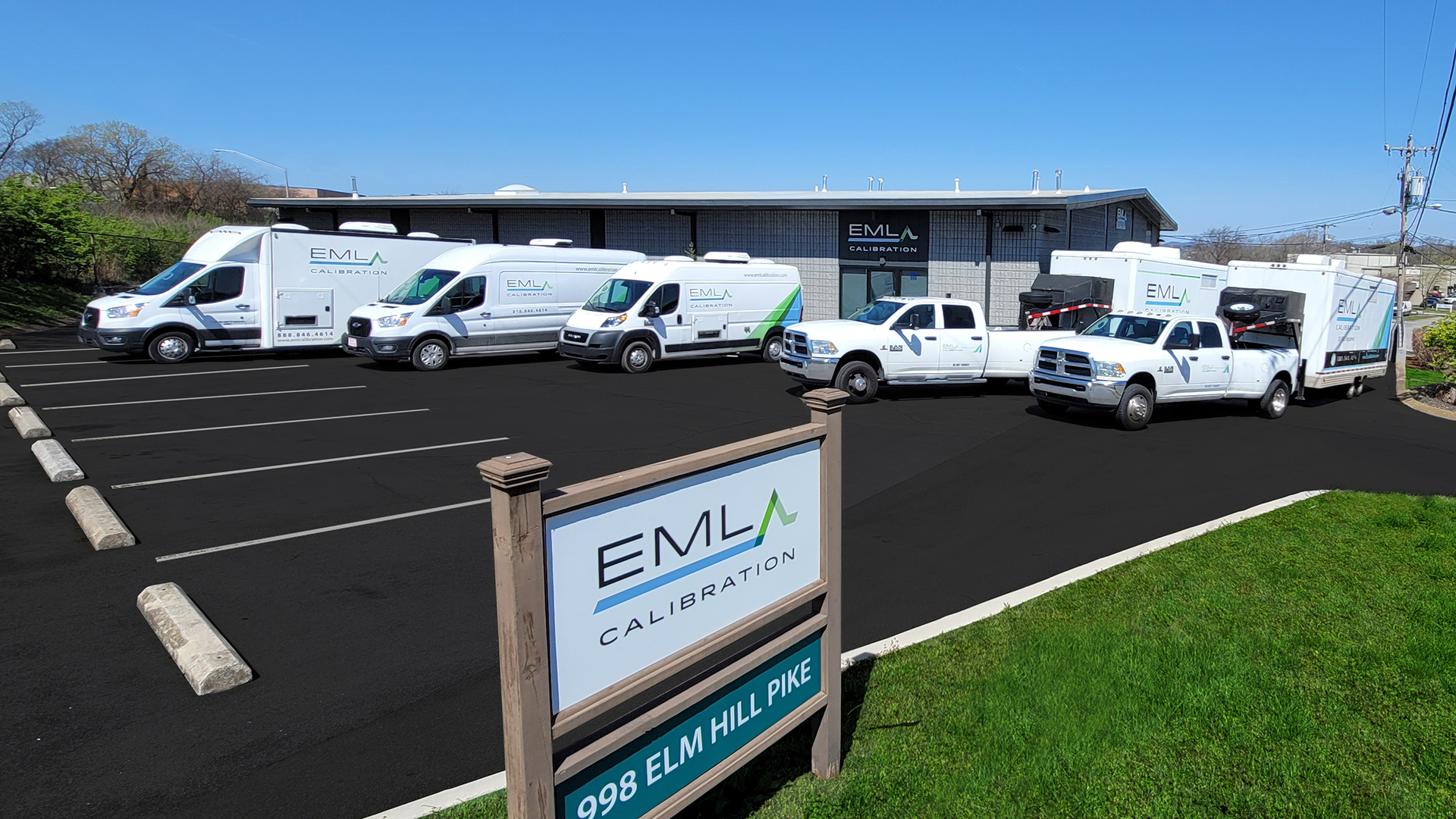Introduction
When it comes to guaranteeing that measurements and procedures in varied fields, which includes engineering, science, healthcare, and manufacturing, are exact and good, two phrases often come up: calibration and validation. While they may appear interchangeable initially glance, those principles serve amazing reasons in first-rate mechanical calibration assurance and dimension integrity. This article will delve deep into the nuances of Calibration vs. Validation: Understanding the Differences, elucidating their definitions, systems, importance, and functions throughout industries.
Calibration vs. Validation: Understanding the Differences
To hold close the essence of equally calibration and validation, we first want to define each and every term simply.
What is Calibration?
Calibration is a scientific manner that involves adjusting an device or measuring tool to be certain that its accuracy by using evaluating it towards a average or popular reference. Think of it like tuning a musical device; simply as you may modify the rigidity of guitar strings to get the good pitch, calibration fine-tunes your measuring instruments.
How Calibration Works
Identify the Error: The first step entails deciding on regardless of whether there’s a discrepancy between the device's readings and a prevalent frequent. Adjusting Settings: If discrepancies are observed, adjustments are made based on structured protocols. Documentation: Finally, statistics of calibration results are maintained for destiny reference.The Importance of Calibration
Calibration ensures that tools give right measurements quintessential for high quality regulate in production processes or excellent diagnoses in scientific settings. Without perfect calibration, outcome can end in catastrophic screw ups or risky conditions.
What is Validation?
Validation refers to the job of confirming that a https://www.showmelocal.com/profile.aspx?bid=8186946 method or task meets specific necessities and plays continuously within predefined limits. Unlike calibration, which makes a speciality of man or women units, validation takes a broader view.
How Validation Works
Define Requirements: Establish clean specifications for functionality. Testing: Execute checks less than managed prerequisites to investigate if processes meet these requirements. Documentation: Validate consequences need to be documented competently to be sure compliance with restrictions.The Importance of Validation
Validation promises that platforms function reliably through the years in a lot of eventualities. For example, in prescribed drugs, validation ensures that manufacturing methods yield items that adhere to protection criteria.
Key Differences Between Calibration and Validation
Understanding how calibration differs from validation is significant for professionals throughout industries.
Scope of Application
- Calibration specializes in distinctive tools (e.g., thermometers). Validation encompasses whole techniques or processes (e.g., drug manufacturing).
Purpose
- The purpose of calibration is accuracy. The function of validation is reliability and compliance.
Frequency
- Calibration is conducted regularly primarily based on operational needs. Validation happens much less broadly speaking however could also be mandated via laws.
When Should You Calibrate Your Instruments?
Determining when to calibrate your contraptions relies on a couple of reasons:
Usage Frequency: More conventional use pretty much warrants extra widely used calibration. Environmental Conditions: Extreme prerequisites can impression tool performance. Type of Measurement: Critical measurements can also require extra stringent calibration schedules.Common Calibration Techniques
It's quintessential to consider a lot of tactics worried in calibration:
Direct Comparison Method: Comparing readings quickly with established references. Substitution Method: Using well-known values from other calibrated instruments. Adjustment Method: Making adjustments stylish on determined blunders in the time of comparability assessments.Common Validation Techniques
Just as there are distinct tactics to calibrate gadgets, there are numerous innovations for validating procedures:
Prospective Validation: Testing earlier than system implementation. Concurrent Validation: Testing during active processing. Retrospective Validation: Reviewing old records against known criteria.Regulatory Requirements for Calibration and Validation
Both calibration and validation are closely prompted by way of regulatory bodies throughout unique sectors:
In prescription drugs, organisations just like the FDA impose strict checklist on each approaches. In production environments adhering to ISO principles requires documentation displaying the two calibrated gadget and confirmed methods.FAQs About Calibration vs.Validation
1. What’s the foremost distinction among calibration and validation?
The regular change lies of their scope; calibration offers with exclusive resources' accuracy at the same time as validation assesses complete platforms' reliability over time.
2. How mainly deserve to I calibrate my tools?
It relies on usage frequency and environmental elements; seek advice brand policies for definite techniques.
3. Can I validate without calibrating?
While technically you possibly can, doing so is just not really helpful when you consider that an uncalibrated software can even yield unreliable info all through validation checks.
4. Are there foreign concepts for calibration?
Yes! Standards like ISO/IEC 17025 define accepted specifications for testing laboratories' competence consisting of sides with regards to calibration procedures.
five. What industries require strict validation?
Pharmaceuticals, cuisine creation, aerospace engineering—these kind of sectors have to adhere strictly to validation protocols because of safe practices implications!
6. Can application be established in preference to calibrated?
Absolutely! Software can endure rigorous validations with the aid of assessing its function against user specifications rather than natural bodily measurement calibrations.
Conclusion
In summary, know-how the differences between calibration and validation is significant for specialists engaged in fields the place accuracy and reliability are paramount—be it healthcare or engineering disciplines! While either methods amplify dimension integrity ultimately riding operational efficiencies—they serve in particular special purposes inside of first-rate insurance frameworks globally recognised this present day!

By having this information at your fingertips consisting of gold standard practices outlined herein—you are more effective prepared than ever sooner than in navigating complexities surrounding those imperative but important parts invaluable ensuring steady incredible influence throughout various programs!
This comprehensive dive into Calibration vs.Validation equips you not simply with definitions but sensible insights enabling advised choice-making relocating ahead—no matter if you are calibrating accessories or validating whole systems—guaranteeing adherence principles remains key attaining excellence anything zone you might be concerned within!